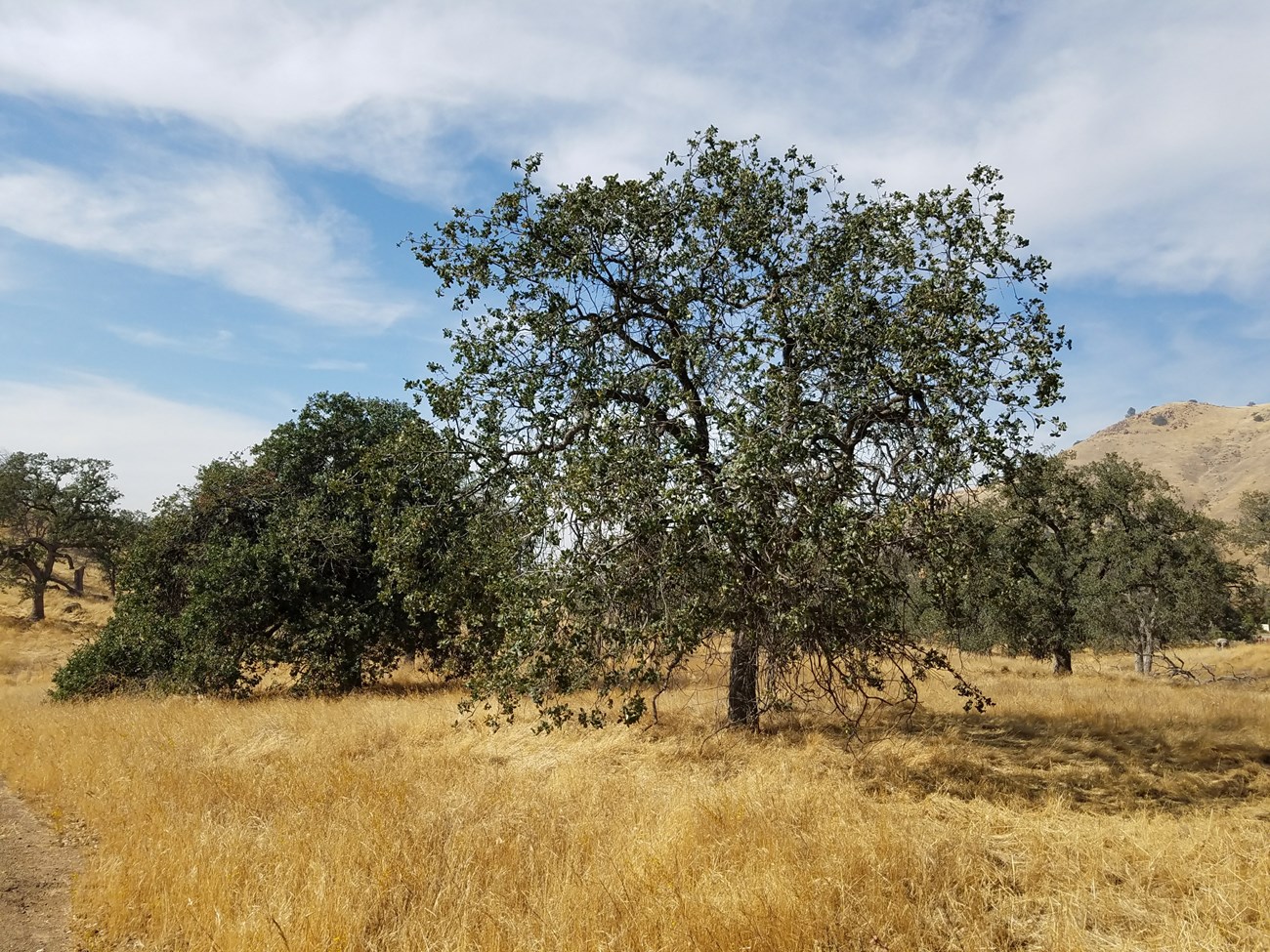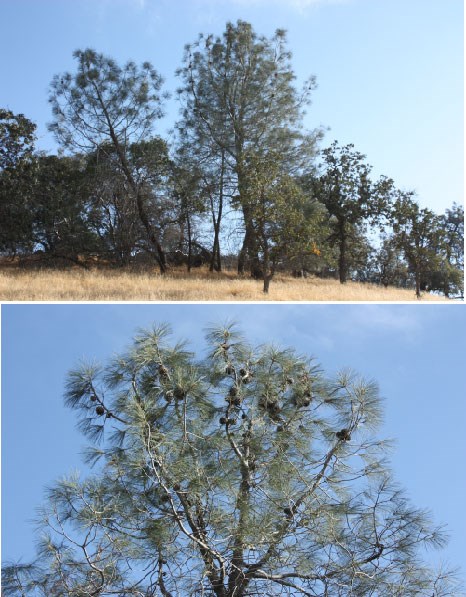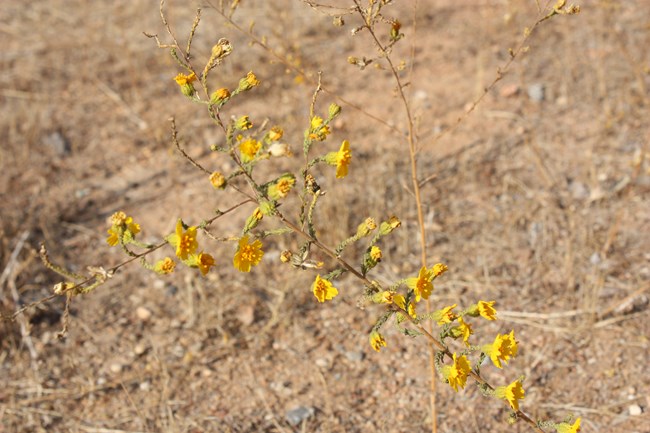
NPS The Vegetation of César E. Chávez National MonumentThe landscape surrounding César E. Chávez National Monument is characterized by blue oak woodlands, interspersed with foothill pines and grasslands. This mix of native vegetation extends beyond the cultivated gardens of the monument, shaping the larger environment of rolling hills and the Tehachapi Mountains. During the dry seasons of summer and fall, the grasslands take on a golden hue. In contrast, winter and spring rains transform the hills into a lush green, and wildflowers add vibrant spots or splashes of color across the landscape. While the area supports many native plants, it is also home to numerous non-native species introduced over the centuries. The grasslands, in particular, are dominated by non-native annual grasses brought to California in the mid-19th century, which have since become naturalized. This dynamic mix of native and non-native plants contributes to the monument's distinctive scenery, changing with the seasons and offering visitors a glimpse into California’s diverse ecological history. 
Trees with CharacterThe two native species of trees in the monument's oak woodlands both have character - they are interesting to look at and have adaptations that allow them to succeed in this relatively dry and periodically hot environment. The blue oaks are short with open, spreading canopies. The canopy is typically rounded with many crooked branches. The trees grow slowly and some individuals can reach 200 to 500 years of age. They can survive summers with weeks of temperatures exceeding 100º F. Their leaves are tough and thick to conserve water. In very dry, hot years, blue oaks may drop their leaves early and go dormant in the summer.The other type of tree you will see on some of the dry rocky hilltops and slopes is the foothill pine (also known as gray pine for their grayish long needles). These pines grow on steep, dry slopes and rocky hilltops in the monument. They have the ability to grow on the poorest of soils using adaptations to regulate the amount of soil nutrients they uptake. These pines tower above the oaks and have foliage that looks wispy and scattered - not a good tree to stand under for shade! They have very large, heavy cones (6 to 10 inches long and weighing .75 to 2.2 pounds). The cone scales (with dagger-like points) hide many big, edible seeds, or pine nuts. 
Tehachapi Mountains: A Convergence of Floristic RegionsVisitors to the area who want to explore the larger region can enjoy the plant diversity of the Tehachapi Mountains, where four floristic regions from the California and Desert Floristic Provinces - Sierra Nevada, Great Central Valley, Southwestern California, and Mojave Desert - converge. Plants from of each of these floristic regions can be found in the Tehachapis, and this range supports an impressive diversity of vegetation communities, including annual and perennial grasslands; coniferous and mixed hardwood-conifer forests; deciduous and live oak woodlands; pinon-juniper woodlands; Joshua tree woodlands; desert scrubs; and coast, desert, and montane chaparral shrublands. In some areas, you can find unique assemblages of species, such as valley oaks and Joshua trees growing side-by-side in desert-draining canyons on the southeast side of the Tehachapis.More InformationLearn more about the region's vegetation from the California Native Plant Society article Hidden Treasures in the Tehachapi Region by Zachary Principe and Michael D. White. |
Last updated: October 12, 2024
